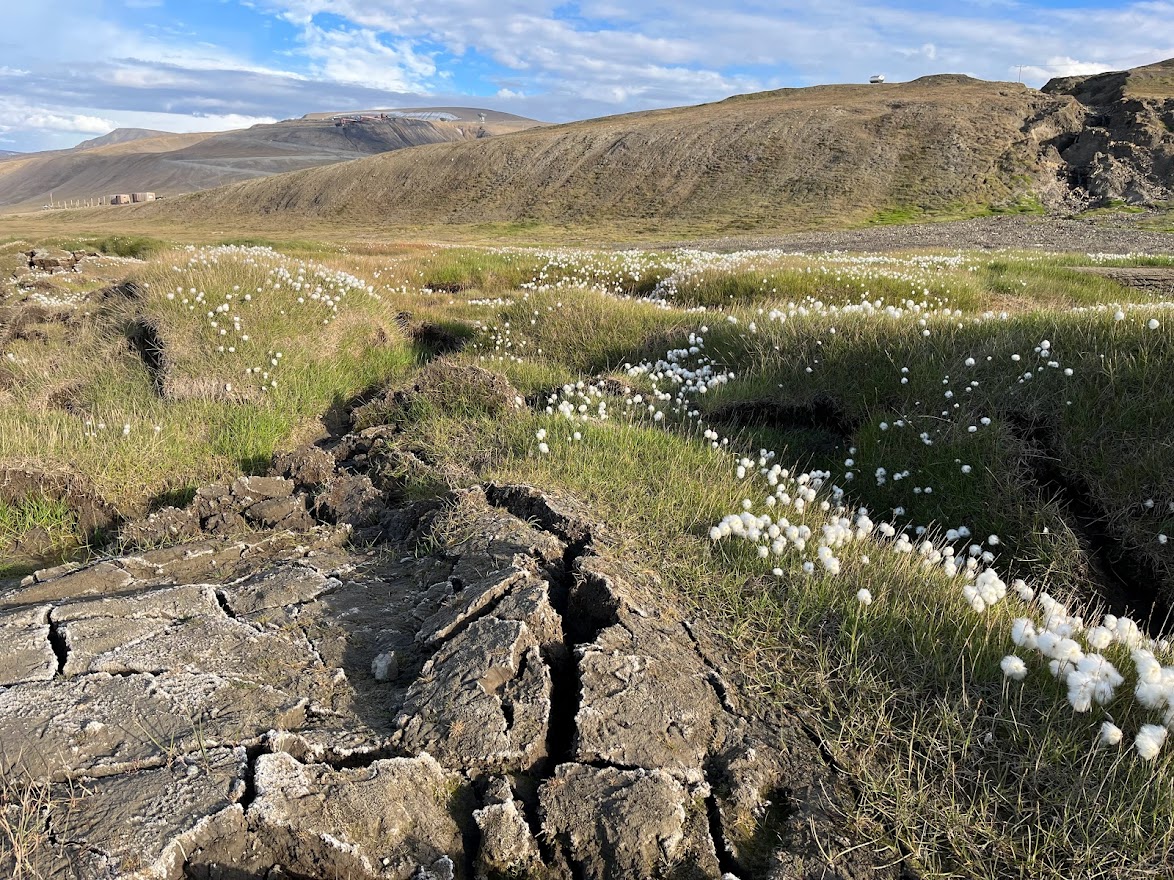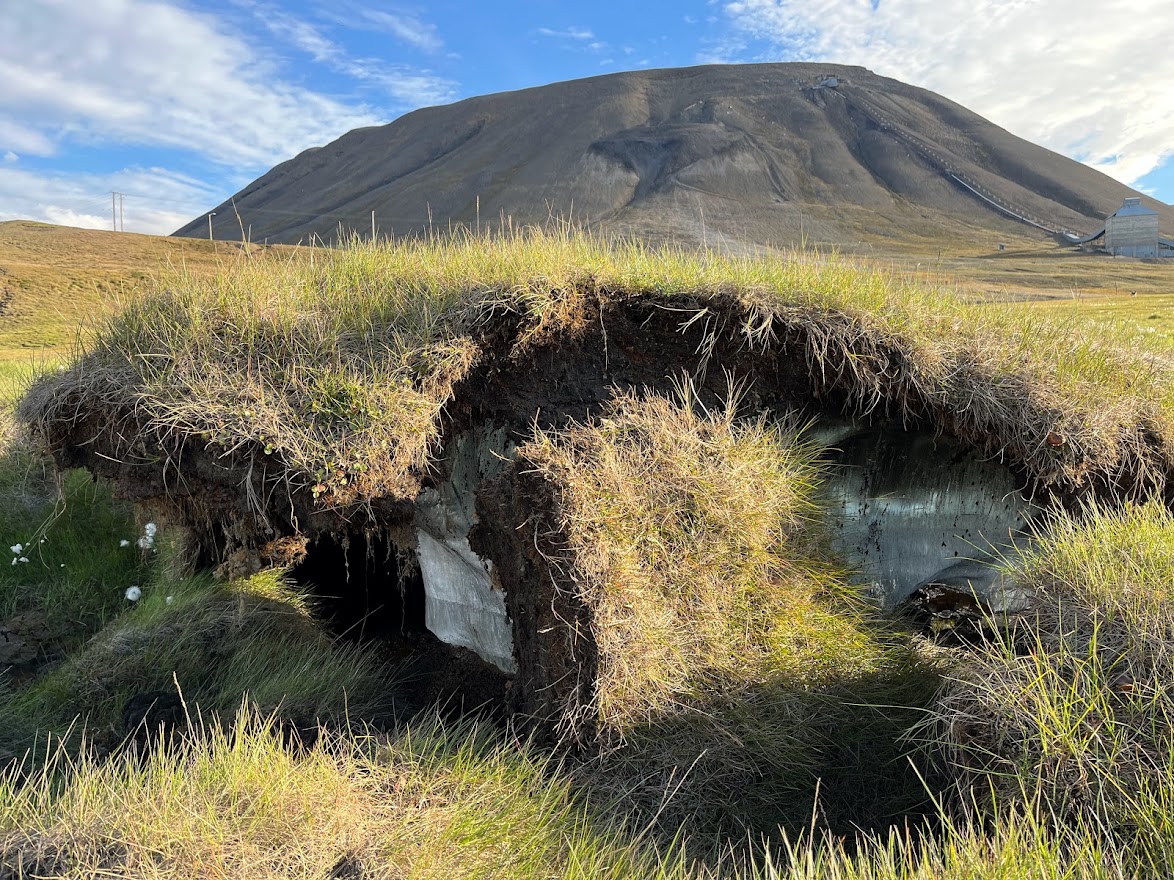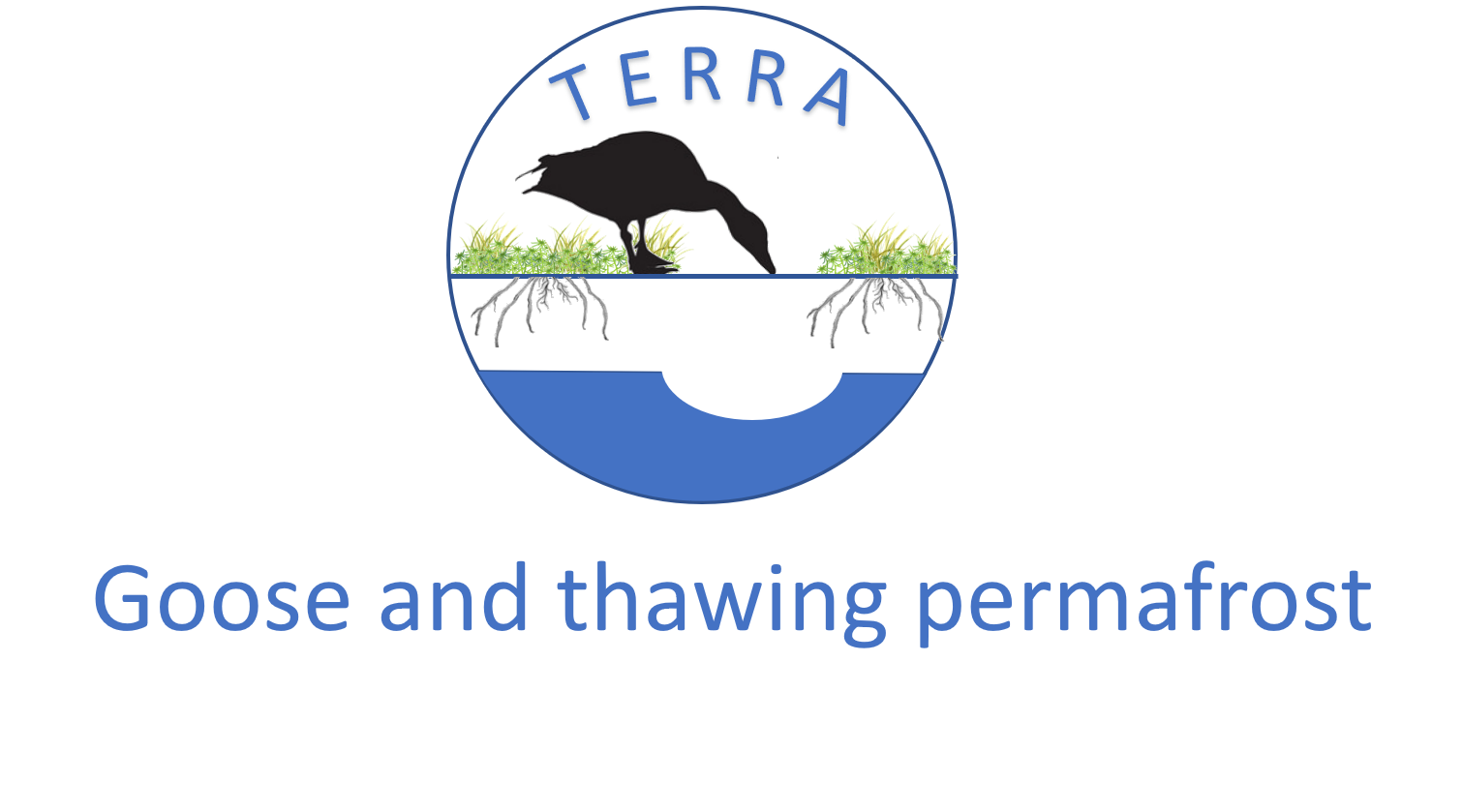Predicting ecosystems responses to changing environmental conditions is one of the most pressing challenges in ecology today. In the past few decades, mean annual temperatures in the Arctic have risen by 2-4 °C! More striking, observations and modelled data indicate that climate change is more pronounced during autumn, winter and spring. Larger increase in temperature and changes in precipitation are observed during the cold season than the growing season in the Arctic. The High Arctic tundra in Svalbard is experiencing the greatest temperature increase in Europe since the last three decades. Rising temperatures warm up air and soil temperatures causing rapid permafrost thaw at an unprecedented rate and creating a fragmented landscape of dry and wet ecosystems across the tundra.

The frequency of extreme weather events is also increasing. Warm spells deep in the polar night with air temperatures above 0 °C accompanied by rainfall, so called rain-on-snow events (ROS), are becoming frequent. During strong ROS, large amounts of water cascades through the snowpack and freeze when reaching the ground, creating thick ice layers that may completely encapsulate the ground vegetation. ROS events can cause significant increases in winter temperatures, hydrological changes and accelerate permafrost thaw during the following growing season.

The direct effect of climate change on permafrost thaw can be exacerbated by co-occurring drivers of environmental change. Herbivory is one of them. In Svalbard, the pink-footed goose (Anser brachyrhynchus) has dramatically increased from 15 000 individuals in the 1970s to 70 000 today. Intense grubbing (goose foraging behavior in early spring) can have long-lasting effects on the vegetation and soil microclimates by removing the protective moss layer and creating holes in the soil profile. Grubbing can thus exert a strong impact on soil temperature, hydrology and exacerbate permafrost thaw depth over large geographical scales.


Permafrost soil is one of the largest global carbon (C) and nitrogen (N) reservoir. During permafrost thaw, previously inaccessible C pools become available to microbial decomposition triggering an increase in the release of greenhouse gasses to the atmosphere, in particular carbon dioxide (CO2 ) and methane (CH4). Bacterial communities in the active layer (unfrozen soil) drive organic matter decomposition and CO2 and CH4 emissions, creating a positive feedback on climate change. Permafrost thaw will also expose new N resources not only to soil microorganisms but also to plants rooting in the active layer. Most arctic plants obtain their N via their association with mycorrhizal fungi and these root-associated fungi play a vital role for N plant uptake, nutrient mineralization and circulation, and ecosystem C storage.
Rising temperatures and co-occurring environment changes in high latitude environments threaten the unique and complex ecological interactions that slowly developed through the last millennia with still hidden evolutionary implications. There is today a crucial need of monitoring and predicting changes in soil temperature and moisture in arctic soils and their impacts on microbial activity, diversity, and structure in the active layer. The role of warming outside the growing season and extreme weather events for permafrost thaw and biogeochemical cycles requires urgent investigation to complete our understanding of future “new arctic”. There is a great need for studies with a complete aboveground and belowground approach integrating multiple environmental changes such as the overexploitation by goose grubbing.
Our research project responds to these calls. TERRA aims to develop a mechanistic understanding of the interactive effects of climate change during the cold season and increased goose herbivory pressure on permafrost thaw and cascading effects on microbial C and N cycling with a multidisciplinary approach.

